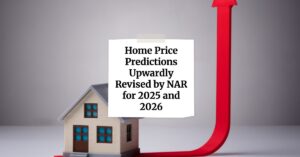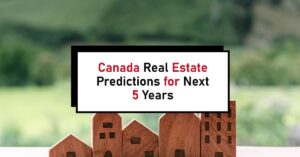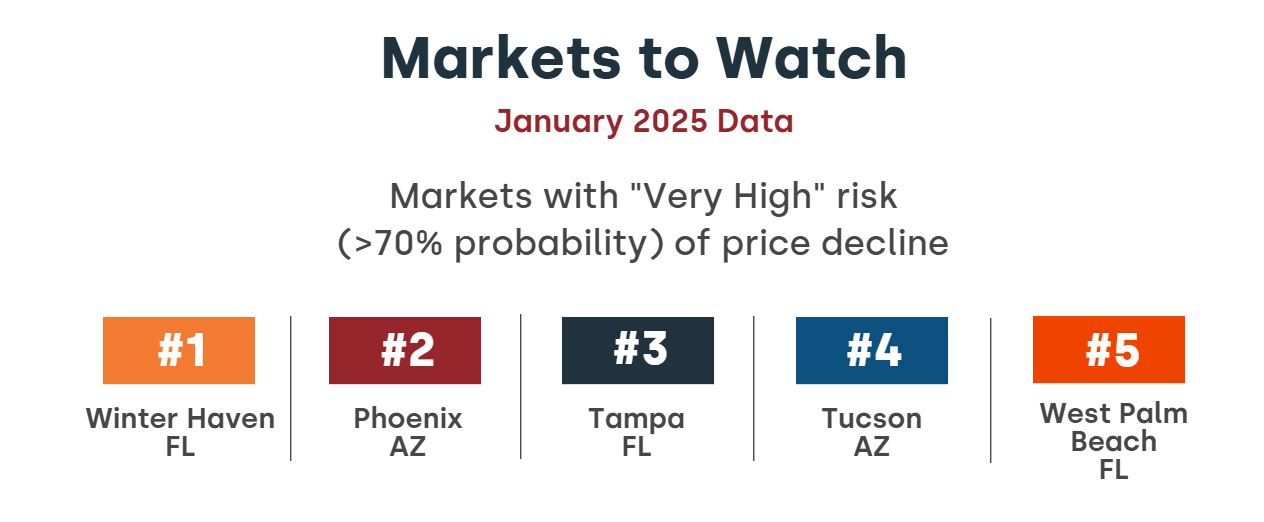The U.S. housing market is hitting record heights, nearing $50 trillion in value as the number of trillion-dollar metros doubles. This significant surge reflects not only the ongoing demand for homes but also variations in market dynamics across multiple regions. This report delves into the Trillion-Dollar Club, highlighting the top 10 metropolitan areas in the United States by aggregate home value, utilizing recent data from a report by Redfin.
A Closer Look at Aggregate Home Values
According to Redfin's stunning report, the total value of homes owned across the United States has seen remarkable growth, increasing by $3.1 trillion over the past year alone, reaching a staggering $49.6 trillion as of June 2024. This growth is largely attributed to supply constraints, where the demand for homes far outweighs available inventory. As a result, many homeowners are reluctant to sell, thus further limiting the supply of houses on the market.
The report reveals that the number of metropolitan areas with a total home value exceeding $1 trillion has now grown to eight, a significant jump from just four a year prior. New Jersey metros—convenient for commuters to New York—recorded the fastest growth in aggregate home values. Meanwhile, the Sun Belt metros, although still valuable, grew at a slower pace.
Key Factors Influencing Home Value Growth
- Low Inventory Levels: The lack of homes for sale remains a fundamental issue. Many homeowners are locked into low mortgage rates, preventing them from selling their homes and adding to the inventory.
- Elevated Mortgage Rates: While current mortgage rates are causing some buyers to hesitate, enough buyers remain in the market, competing for a limited number of homes.
- Rising New Construction: New developments continue to emerge, contributing positively to overall market valuations.
- Demographic Changes: Interestingly, millennials now own a larger share of the housing market, with their home values rising over 20%. In contrast, values in homes owned by the Silent Generation have declined for five consecutive quarters.
Trillion-Dollar Club: Top 10 Housing Markets By Aggregate Home Value
Here are the top 10 metropolitan areas by aggregate home value as of June 2024, based on the analysis of Redfin's estimates for more than 95 million residential properties:
- New York, NY
- Aggregate Home Value: $2,479,781,753,057
- Year-Over-Year Increase: $189,976,135,666
- Los Angeles, CA
- Aggregate Home Value: $2,188,583,730,489
- Year-Over-Year Increase: $127,975,276,850
- Atlanta, GA
- Aggregate Home Value: $1,287,842,232,673
- Year-Over-Year Increase: $62,317,379,190
- Boston, MA
- Aggregate Home Value: $1,275,370,527,296
- Year-Over-Year Increase: $85,007,545,179
- Anaheim, CA
- Aggregate Home Value: $1,118,903,198,701
- Year-Over-Year Increase: $121,035,890,228
- Chicago, IL
- Aggregate Home Value: $1,078,649,184,844
- Year-Over-Year Increase: $84,942,434,115
- Washington, DC
- Aggregate Home Value: $1,053,880,089,173
- Year-Over-Year Increase: $67,099,426,402
- Phoenix, AZ
- Aggregate Home Value: $1,001,000,889,736
- Year-Over-Year Increase: $52,632,267,259
- San Diego, CA
- Aggregate Home Value: $986,866,999,457
- Year-Over-Year Increase: $87,633,883,434
- Seattle, WA
- Aggregate Home Value: $970,865,521,164
- Year-Over-Year Increase: $75,384,091,030
Among these, New York holds the highest aggregate home value, followed by Los Angeles, while newer entries like Anaheim are quickly climbing the ranks, demonstrating the dynamic changes occurring within the real estate market.
Implications of the Trillion-Dollar Metros
The surge in metro areas exceeding the trillion-dollar mark reveals broader economic trends:
- Urban Demand: Cities are seeing a massive influx of people seeking housing, thereby increasing competition and prices.
- Investment Opportunities: Investors are keeping a close eye on these metros for potential opportunities due to their high aggregate values.
- Market Trends: Lifestyles, remote work, and demographic shifts are reshaping where people choose to live.
This continued growth underscores the importance of understanding local markets for both prospective buyers and investors. The Trillion-Dollar Club showcases the phenomenal rise of home values across the United States.
The market dynamics reveal challenges and opportunities, particularly for first-time homebuyers struggling in this competitive environment. As the housing market heads toward the $50 trillion mark, all eyes will be on these trillion-dollar metros and how they continue to evolve.
- Should I Buy A House Now Or Wait Until Later? It a Good Time?
- Is it a Good Time to Buy a House in California in 2025?
- Is It a Good Time to Sell a House or Should I Wait?
- Is Now a Good Time to Invest in Rental Property?
- Is 2024 a Good Time to Buy an Investment Property?
- Housing Market Predictions for the Next 2 Years
- Housing Market Predictions for Next 5 Years
- 2024 Housing Market vs. 2008 Crash: Key Differences
- Economist Predicts Stock Market Crash Worse Than 2008 Crisis
- How Much Did Housing Prices Drop in 2008?













